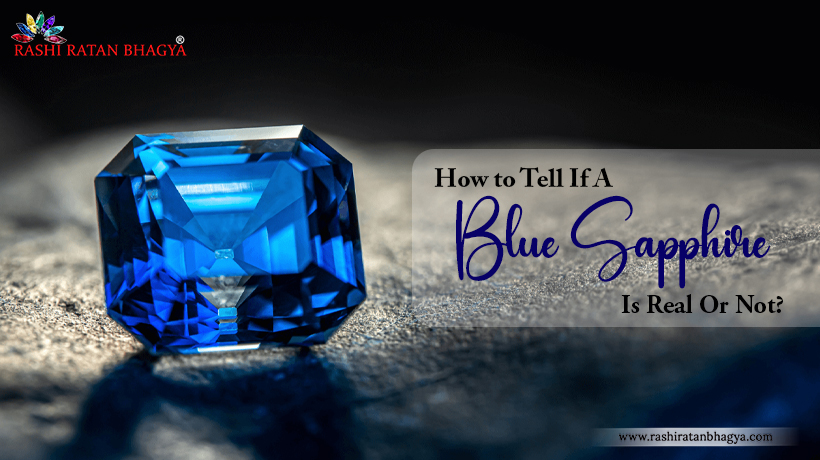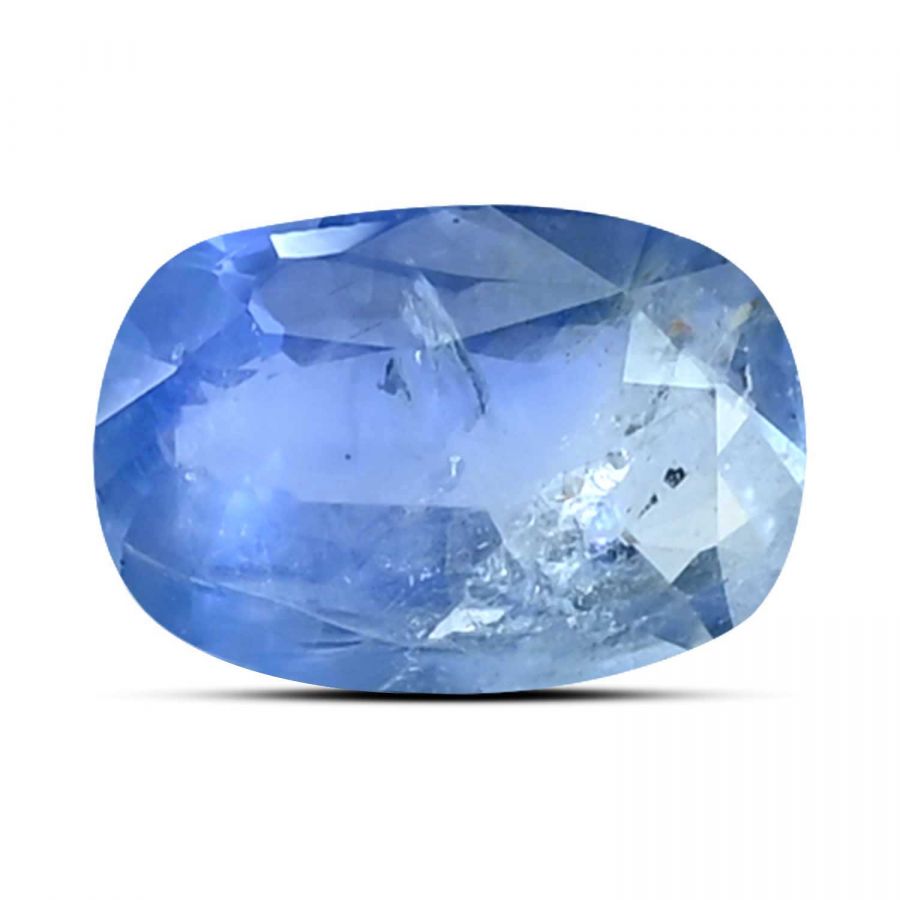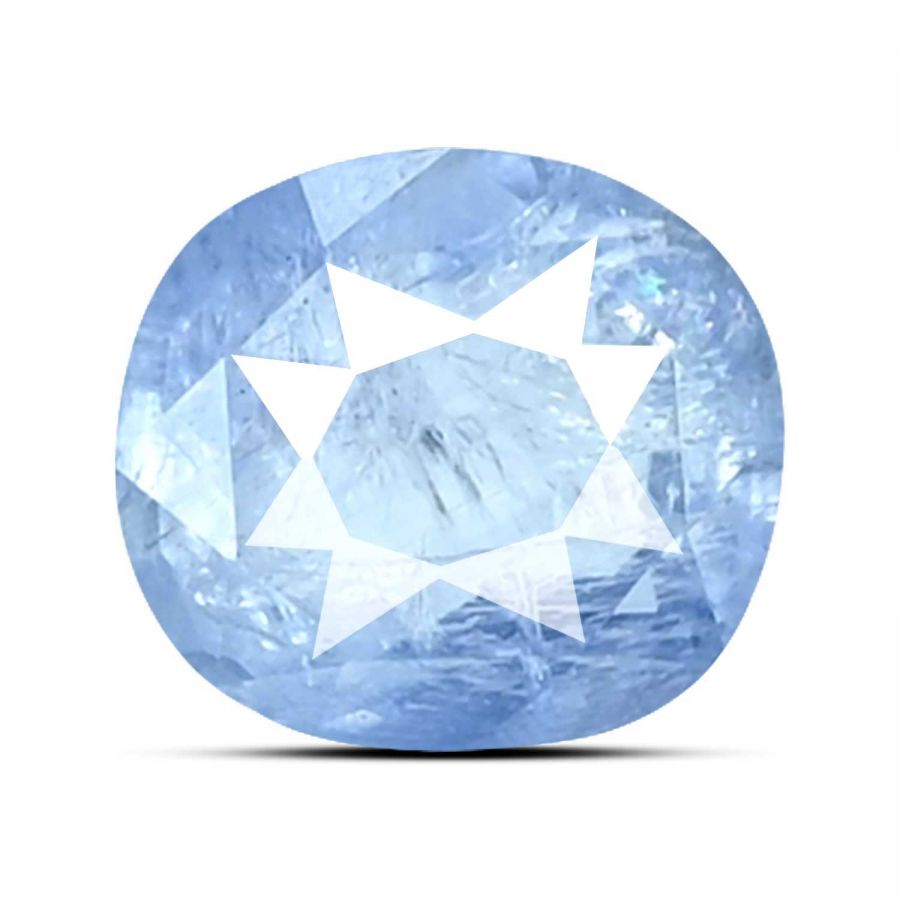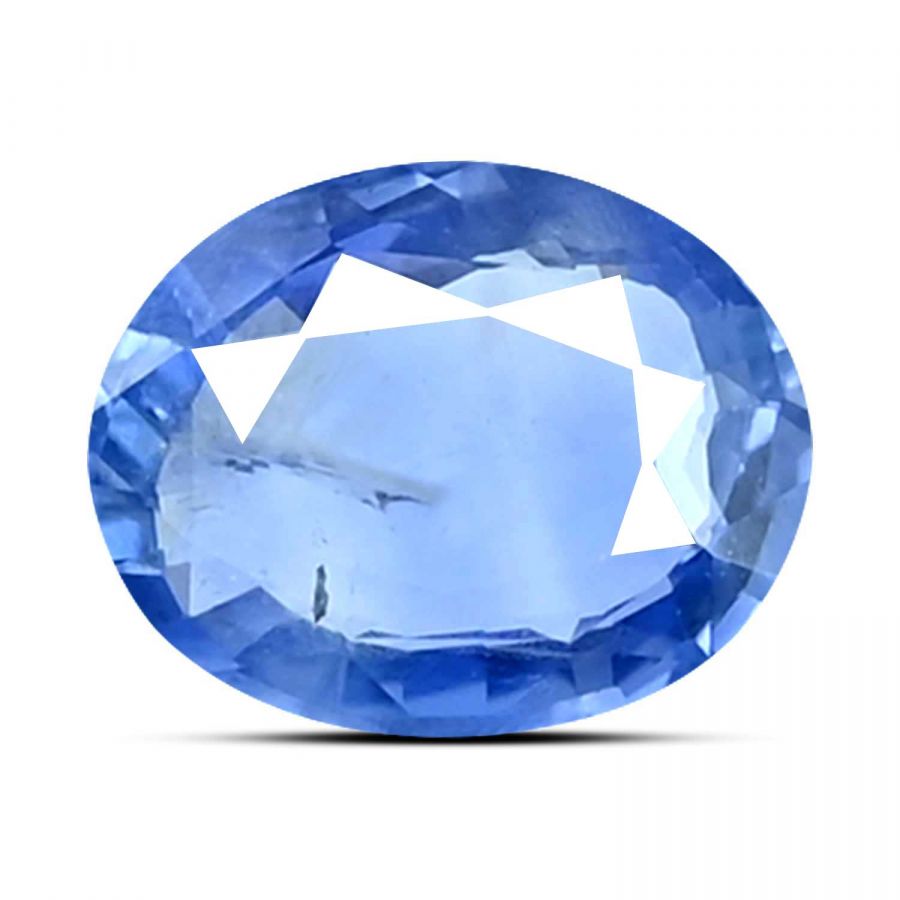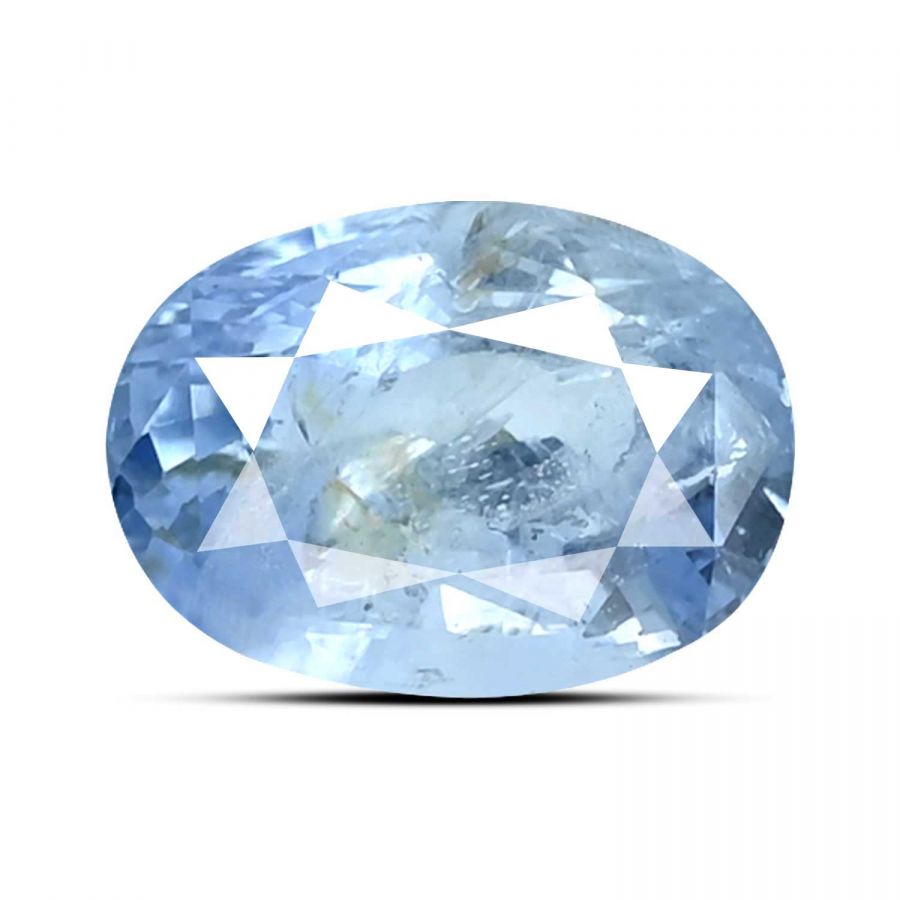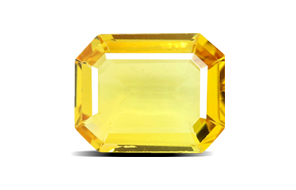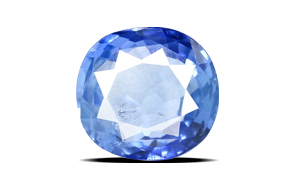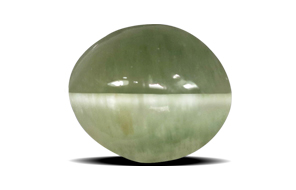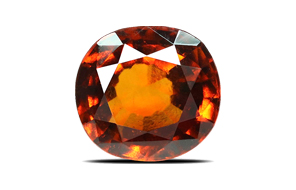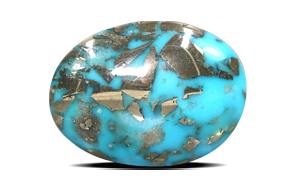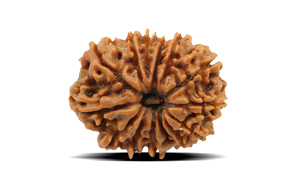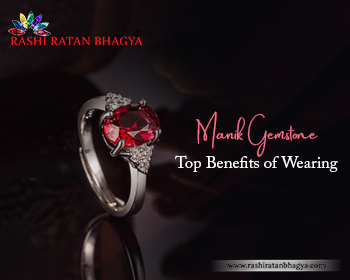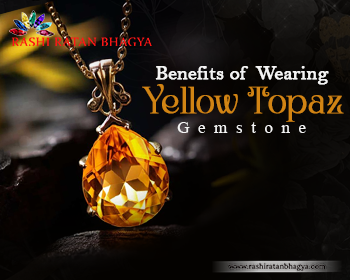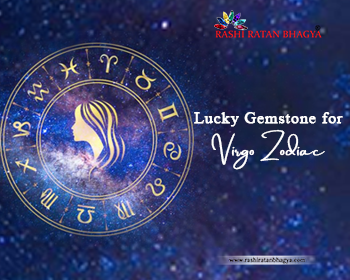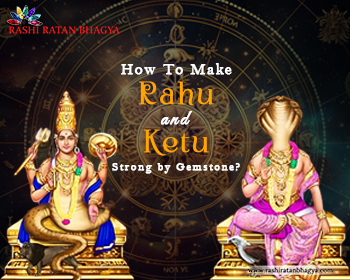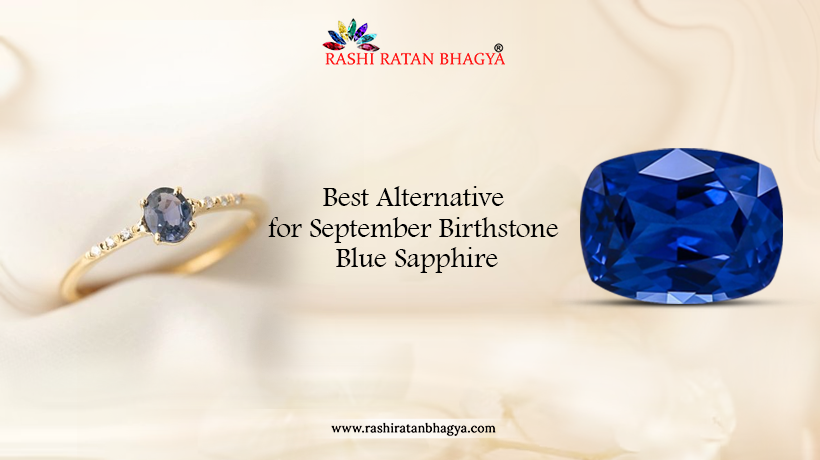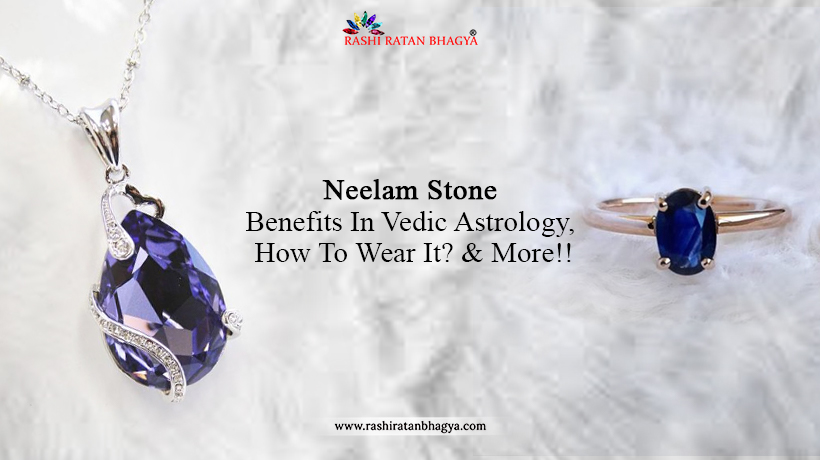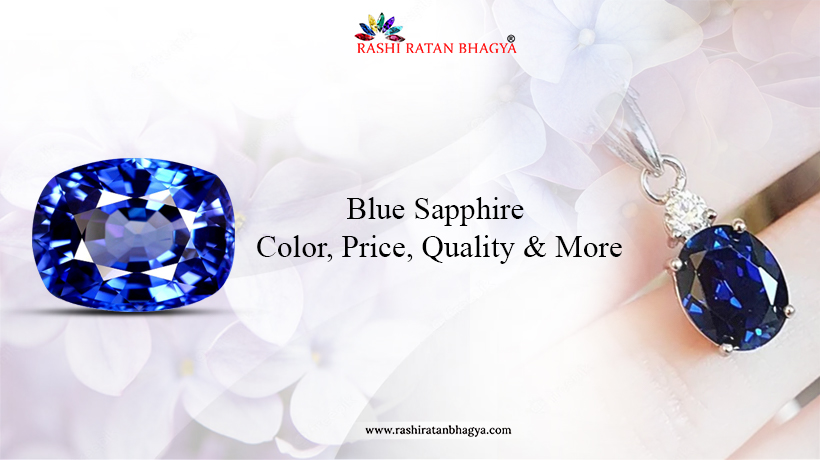The Legendary gemstone family Sapphires, whether blue sapphires or yellow sapphires are arguably the only gemstone kind that needs no introduction in the beautiful world of gemstones. Even a beginner with little knowledge of gemstones may state important information about sapphires, such as the origin of high-quality sapphires. However, knowing merely the fundamentals of sapphires is insufficient if you wish to buy one.
Every gemstone collector or aficionado has a large question mark on the originality of gemstones when acquiring them. Though we have cutting-edge technology to assess the quality of a prized gemstone before acquiring it, not everyone can afford to spend money on costly lab testing. It might be difficult for anybody to tell the difference between a Real blue sapphire and a fake. Knowledge of several gemstone authenticity testing procedures may be quite useful in these situations.
Sapphires are one of the most valuable, expensive, and appealing gemstones, with a constant and large demand in the international market. They are recognized not only for their bodacious beauty but also for their outstanding astrological and metaphysical powers. When looking to get an original blue sapphire, you should be well-informed and equipped with the essential expertise, as a lack of information can lead to you falling into the hands of fraudsters. The main question here is how to know if a sapphire is genuine. What are the many methods for determining the Originality of a Blue sapphire gemstone' with pinpoint accuracy?
The primary objective of this essay is to familiarize all gemstone aficionados and our loyal readers with various testing procedures so that they can easily examine the authenticity of sapphires and make sound purchasing decisions. Some sapphire stone testing procedures may be obsolete, while others remain current.
How To Tell If An Emerald Is Real Or Not?
Origins and Types of Precious Blue Sapphire
There are so many origins worldwide where blue sapphire gems are found and mined, but below are the top 5 types of blue sapphire which are high-quality blue sapphire gemstones. So just check out these blue sapphire Types for your next purchase of blue sapphire gemstone.
Kashmir Blue Sapphire
The brilliance and shine of these blue sapphire gemstones from Kashmir are legendary. The facets of these astrological gemstones have exceptional clarity, less grey masking, and fewer darker specks!
Ceylon (Sri Lanka) Blue Sapphire
Sri Lankan sapphires have a light to medium tone. These astrological gemstones have an irregular hue distribution. Furthermore, these sapphires exhibit grey masking, resulting in a low saturation level. Blue sapphire gemstones in lighter colors are more transparent and bright.
Burma (Myanmar) Blue Sapphire
Burma is the sole source of 'electric blue hue' sapphires. Blue and violet undertones may be seen in these blue sapphire gemstones.
Thailand Blue Sapphire
Thailand's blue sapphire gemstones are among the rarest and boast more than 90% clarity. The hue is a deep blue tint with an exceptional cut and small impurities that are imperceptible to the human eye.
Australian Blue Sapphire
Blue sapphire gemstones from Australia have a distinct look and remarkable hues. It is the only area to get sapphires with greenish-blue hues.

How To Tell If A Blue Sapphire is Real?
Our gemstone experts and research skills have been put to the ultimate test, and the results have led us to choose many effective methods that clearly state if a blue sapphire gemstone is real or not. Let's examine each method separately.
Scratch Test for Blue Sapphire
Sapphires are the second hardest gemstones in existence, having a hardness grade of 9 on the Mohs scale. Blue sapphires are just slightly tougher than diamonds.
The scratch test is one of the most cost-effective and time-efficient methods of determining the originality or authenticity of a sapphire stone. A scratch test requires a material harder than sapphire and a natural Neelam stone to be effective.
One of the finest and most seamless methods to tell whether a sapphire stone is real or fake is to do a scratch test on it. The scratch test is a straightforward procedure that includes scratching the sapphire with a hard item such as a stone or a diamond.
We all know that sapphires are highly durable, with a mineral hardness rating of nine out of ten on the Mohs scale. Only diamonds outperform sapphires on the Mohs hardness scale. So, if you try to scratch a sapphire with a diamond and it leaves a scratch, it's a dead giveaway that the sapphire is a forgery.
However, it is critical to recognize that this testing process is not completely dependable, and scratching a sapphire may harm or reduce its value. As a result, you must use extreme caution when doing a scratch test and seek alternative means of determining sapphire genuineness.
Look for Flaws of Gemstone
All gemologists are aware that original sapphires created by nature typically have microscopic defects inside the gemstone itself. Natural 'birthmarks' appear as wispy feathers, black crystals, or small needle-like threads embedded inside the sapphire. Examine a sapphire under magnification and bright light to determine its authenticity.
Hold the stone up and examine it from every aspect using a jeweler's loupe or a 10x magnifying lens. If you notice defects suspended inside the sapphire, you've got a natural sapphire gem. The presence of these little flaws demonstrates that the sapphire was developed over time deep down, rather than being made in a lab to appear flawless. As a result, the little defects serve to authenticate the genuineness.
Light Test To Check Originality Of Gemstone
A light test is one of the most effective and efficient techniques to verify whether a sapphire is real or a forgery. The purpose of this test is to determine the refractive index. When light is shone on a sapphire stone, a natural sapphire will refract it, but a fake sapphire will not. We've included some pointers on how to conduct a light test on sapphires without a hitch.
Get a flashlight or any other light source that is bright enough to illuminate the sapphire. Position the stone beneath the light so that it is facing you. Examine the sapphire carefully and note how the light bounces off of it.
If the sapphire is genuine, a star-shaped pattern or a six-pointed star (known as an asterism) should show on the stone's surface. This pattern is generated by small inclusions inside the sapphire that reflect light in this manner.
If the stone lacks this star-shaped design, it is most likely a replica. However, sapphires that have been treated with heat or chemicals to improve their look (color and clarity) may not exhibit this pattern.
Breath Test of Sapphire
The breath test is undeniably one of the most popular yet least reliable sapphire testing procedures available for determining sapphire authenticity. This test involves heavy breathing on a Blue sapphire stone to generate a fog-like film on the stone's surface and see how soon it evaporates. The idea behind this test is that an authentic Neelam stone would not hold any moisture and would cause the fog to disperse fast. A fake sapphire, on the other hand, will not enable the fog to disperse quickly.
However, one of the biggest drawbacks of this test is that the evaporation rate of fog on the surface of a stone is affected by several factors such as room temperature, humidity, and even the strength of the person doing the test's breath. Furthermore, most sapphire imitations are comprised of materials that enable fog to dissipate fast, making it difficult to distinguish between real and fake sapphires.
As a result, this is the least recommended approach for determining sapphire uniqueness. It is strongly advised to inspect the stone for inclusions, color zoning, and other previously stated qualities. Having it checked by a skilled gemologist is admirable.
How can you tell if a yellow sapphire is real or fake?
Find Intersecting Lines in Gemstone
Some low-quality sapphires are artificially improved using a technique known as lead glass filling. This includes inserting lead-based glass into the gemstone's cracks and cavities to enhance its look and cover faults. Examine a sapphire attentively in bright light to see if it has been lead glass-filled.
Examine the stone from every angle, looking for any obvious crisscrossing lines or web-like patterns inside. These crossing glass-filled grooves are unmistakable evidence that the sapphire has been treated with lead glass. While lead glass infill does not fully fake the gem, it does imply a very low natural grade.
Because they lack the genuine value of a naturally perfect sapphire, these treated stones are not worth investing in. Be wary of lead glass-filled stones that try to seem greater grade than they are.
Check for Air Bubbles in Blue Sapphire
Small flaws in the stone are frequently used to identify fake diamonds. Under bright light, carefully examine the sapphire stone, tilting and turning it to collect light from all sides. Examine the inside with a jeweler's loupe; any tiny air pockets or bubbles trapped within are a dead giveaway that the gem is an imitation rather than a true precious stone.
The existence of these air pockets suggests that the sapphire gem was most likely manufactured artificially in a lab rather than organically growing underground overages. Inspecting a fake under magnification and light might show production defects.
Consult A Quality Expert for the Originality Of Gemstone
Even though the methods described above for determining the genuineness of a Blue Sapphire are quite accurate, if one wishes to be accurate and shop the wholesale Neelam gemstone most authentically, he or she should consult an expert knowledgeable professional, or a jeweler who can determine whether the sapphire Gem is real or not. This method allows you to be certain if the stone you are carrying is Real or not. Microscopes and other specific devices are used by experts and jewelers to readily evaluate and distinguish between real and imitation gemstones.
Nowadays, the market is flooded with Fake and lab-made loose gemstones, including Blue Sapphire manufactured from various materials. As a result, you should exercise caution while shopping for wholesale Neelam stones. Even gemstones such as Blue Sapphire are manufactured in laboratories using a synthetic method. People have created such high-quality imitations of Blue Sapphire that it is nearly difficult to tell which is real and which is fake. However, by examining the features of the Originality of blue sapphire and executing the following tests, the authenticity of the stone may be easily determined. In addition, one can purchase Gemstones from a reputable website or merchant that exclusively sells original and natural gemstones.
How You Can Check That Your Sapphire Is Real Or Not By A Certificate of Authenticity?
A certificate of authenticity is a document granted to a specific gemstone that describes its physical and chemical properties. These are provided by reputable laboratories and contain all of the necessary information on the gemstone you are acquiring. The degree of testing equipment and experience available at the lab determines the accuracy and detail that a certificate can give.
An authenticity certificate can be obtained from any ISO-certified or other foreign lab in India. Such certifications often include information about the stone's mineral family, carat weight, color, shape and cut, measurements, and refractive index of the Gemstone. They may also provide comments on any treatments that Your Sapphire gemstone has had.
A thorough certificate provides information regarding the gemstone's optical behavior, such as transparency and optic character, existing inclusions, and even the nation or location from where it was mined. Internationally recognized institutes such as the International Gemological Institute (IGI) and The Gemological Institute of America (GIA) can provide detailed certifications of authenticity. GIA and IGI certifications are globally recognized and respected, and they give extensive testing results on the majority of gemstone kinds. In India, there are more such major recognized labs such as ITLGJ, GRS, IIGJ, IGITL Jaipur, AGR Gem Lab, and many other famous Gemstone testing labs.
Premium research laboratories such as GIA or GRS may also conduct testing using cutting-edge technology that provides the greatest levels of accuracy. However, such testing costs thousands of dollars and is reserved solely for the highest-grade specimens, which are very expensive.
Why you should Buy from Rashi Ratan Bhagya?
Rashi Ratan Bhagya is the leading gemstone wholesaler, trusted by more than 4000+ customers worldwide. You can get natural and high-quality gemstones at the wholesale price. You can buy an original Blue Sapphire gemstone from Rashi Ratan Bhagya of different origins worldwide. It has gained the trust of its consumers all over the world by offering them Original and natural loose gemstones. Everyone understands that wearing a Natural Blue Sapphire gemstone will provide the desired benefits. RRB (Rashi Ratan Bhagya) ensures that its clients only receive high-quality natural Gemstones. All of the gemstones available at this location are 100% original, natural, and government-certified, so you can purchase real Neelam Stone from RRB with complete confidence. At Rashi Ratan Bhagya, you get all the gemstones certified by National and Internationally recognized institutes such as GIA, IGI, ITLGJ, GRS, IIGJ, IGITL, AGR, and so many other international Gemstones Testing labs to ensure that your gemstone is 100% Natural.

